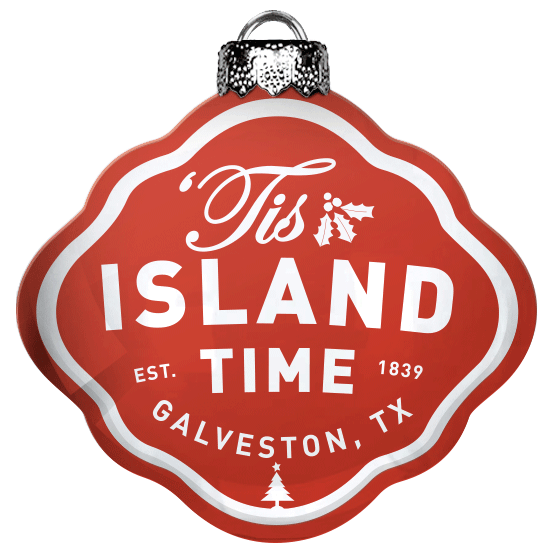St. Mary's Orphan Asylum Historical Marker
A Story of Loss, Strength, and the Sea: The Legacy of the 1900 Storm
On a warm September morning in 1900, the people of Galveston, Texas, awoke to skies that offered no warning. But by nightfall, the island had been ripped apart by wind and waves in what would become the deadliest natural disaster in American history. Over 6,000 souls were lost to the fury of The Great Storm. Homes vanished. Families were broken. And Galveston, once a thriving port city, lay in ruin.
Today, along the Galveston Seawall where the wind still whistles off the Gulf, a powerful tribute stands—the 1900 Storm Memorial, a bronze sculpture crafted by artist David Moore. It does more than honor the fallen; it tells a story of heartbreak, survival, and resolve. The figures frozen in bronze reach skyward, not in surrender, but in remembrance and defiance—refusing to be forgotten.
Just steps away, a historical marker quietly shares the rest of the tale. In the wake of the unimaginable, the people of Galveston didn’t flee. They rebuilt. Under the leadership of engineers, including Brigadier General Henry M. Robert—yes, the same man who gave the world Robert’s Rules of Order—the city rose, quite literally. Tons of sand lifted homes and buildings as the island’s elevation increased. And in 1904, the first section of a massive 17-foot-high seawall was completed—3.3 miles of concrete armor against the wrath of future storms.
And it worked. When another hurricane struck in 1915, the seawall held firm, proving the strength of human will matched against nature’s might. Today, the wall stretches even farther, still guarding Galveston’s shores.
Together, the memorial and marker form more than a tourist stop—they are a testament. A testament to lives lost, to engineering triumph, and to the resilience of a community that stood up after the storm and declared, “We will not be washed away.”
Discover Galveston's Resilient Spirit with the PastPort!
Explore the island’s powerful history of survival and renewal, including the aftermath of the 1900 Storm. The PastPort, immerses you in Galveston's legacy of rebuilding and perseverance. Learn More.


